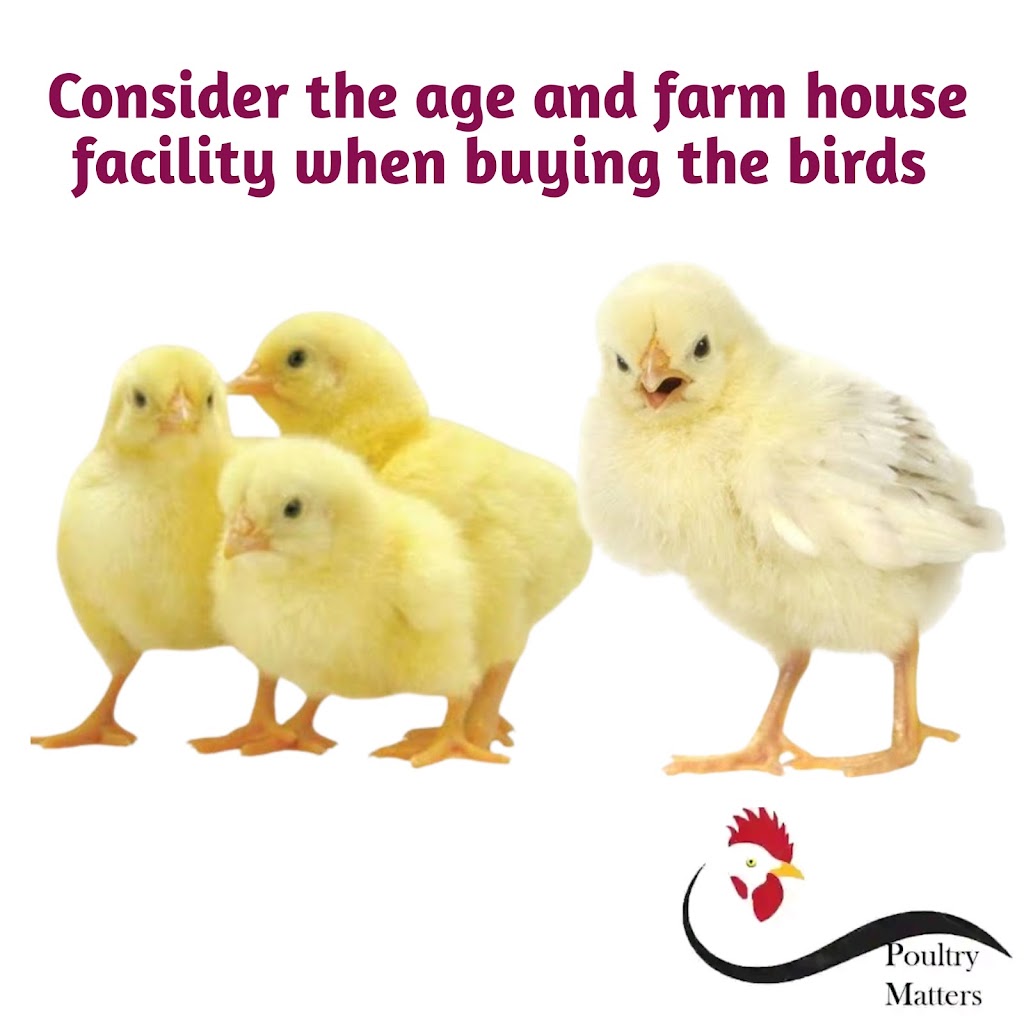Due to the festive season coming up soonest in December, some people are now showing interest to invest in poultry farming. For me this is a good idea – the investment is strategic, however for the investment to be profitable and successful, it is important that some things are done properly, following the right process. One of those activities that demand proper attention is the buying of birds for the poultry farm. Choosing the right bird is crucial to ensure profitability, productivity, and farm success.
While making your purchase decision for the birds, there are many factor to give consideration, such as –
- Investment purpose
- Breed selection
- Health and quality of the birds
- Available housing facilities
- Age of the birds.
Investment purpose -It is important to consider your investment purpose – if the farm aims to harvest flesh or eggs, A farming aiming to harvest eggs will need the layer birds but if the aim of the farm is to harvest flesh, then, the birds needed will be broiler or cockerel.
Breed selection – Different breeds have unique growth rates, productivity levels, and resilience to diseases. Local birds usually are hardier, disease-resistant, and well-adapted to local climates but may grow slower while the hybrid birds can offer higher productivity and better adaptability to specific environments. Therefore it is important that the breed chosen aligns with the farm goals and environmental conditions.
Health and quality of the birds – Another important fact to look out for when buying birds for your farm is the health of the birds – AVOID BUYING SICK BIRDS. It is advisable to buy birds that are healthy and vaccinated against common poultry diseases from sources that can be trusted. Here are some signs to look out for in choosing healthy birds –
- Buy birds with bright and clear eyes, avoid birds with dull and swollen eyes.
- Avoid birds with signs of mucus or wetness on the beak or nostrils – this may be an indication of respiratory infection(s).
- Avoid birds with swollen joints or deformities.
- Select clean birds with smooth feathers – avoid birds with bald patches or ruffled feather
NB – Ensure birds have received essential vaccines (e.g., against Newcastle Disease, Marek’s Disease, and Infectious Bursal Disease). Request a health certificate or veterinary report to confirm disease-free status. Furthermore, quarantine new birds for 2-3 weeks before introducing them to your existing flock.
Available housing facility – The housing requirement for a-day old chick is different from the requirement of a two-week chick, therefore if your housing cannot carter for a-day old chick you should buy what you can handle. Proper poultry housing is essential for the health, comfort, and productivity of the flock. Here are some key benefits of ensuring the birds you are stocking the farm have the ideal housing system –
- Protection from Harsh Weather – A well-structured poultry house shields birds from excessive heat, cold, rain, and strong winds, ensuring their comfort and reducing stress.
- Disease Prevention – Good ventilation and proper spacing help minimize disease outbreaks by reducing moisture buildup, ammonia accumulation, and the spread of infections.
- Enhanced Productivity – Birds kept in a suitable environment with adequate lighting, ventilation, and hygiene are more likely to produce high-quality eggs and gain weight efficiently.
- Safety from Predators and Theft – A secure housing system prevents attacks from predators such as hawks, snakes, and rodents, as well as theft by intruders.
- Better Waste Management – An ideal poultry house allows for proper waste disposal, reducing odor, flies, and contamination, which improves overall flock health.
Age of the birds – In line with the goal of the farm, budget and experience choose the birds with the right age. Based on age of the birds your purchase can be in the following category –
- Day-Old Chicks – Affordable but require proper brooding, heat, and extra care.
- Point-of-Lay Pullets – These are about 16-18 weeks old, ready to start laying eggs soon.
- Growers (4-12 Weeks Old) – Suitable if you want to reduce the brooding process but still raise them to maturity
NB – Day-old chicks are cheaper but require intensive management, while older birds are more expensive but easier to manage.
Wishing you the very best as you venture into the poultry business, however, take nothing for granted, as every step in poultry farming is very important.
Do you need clarification in any aspect, do reach out to us through your comment or send us a private message. We are your colleague, friend and partner in the poultry farming business.
Read more on what needs to be done before starting your poultry farm –https://poultrygist.com.ng/2024/07/guidelines-for-starting-your-poultry-business/
Ciao.

